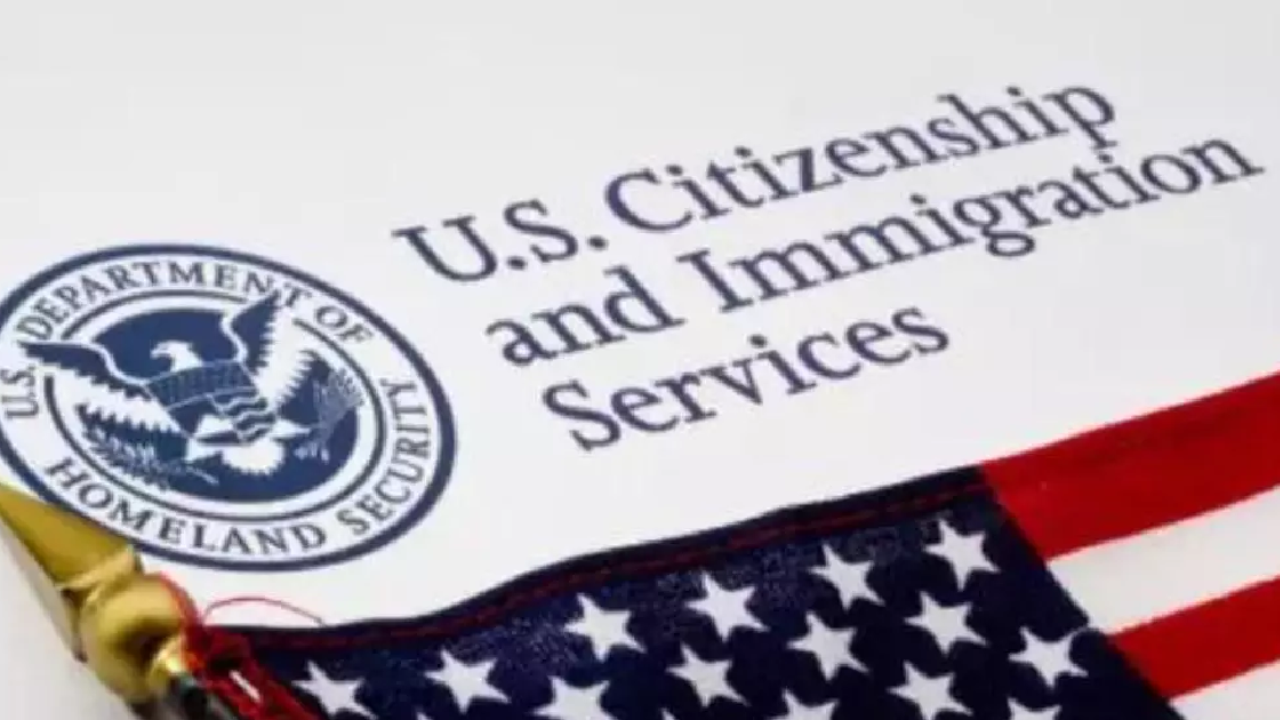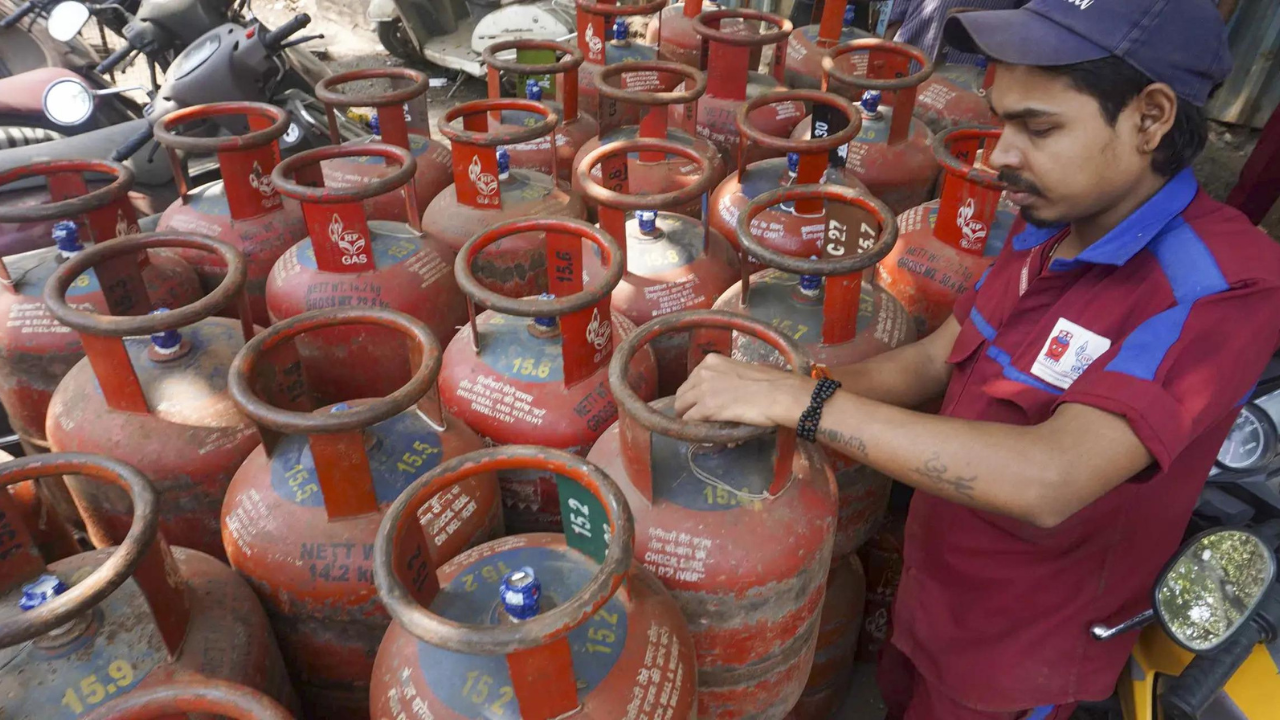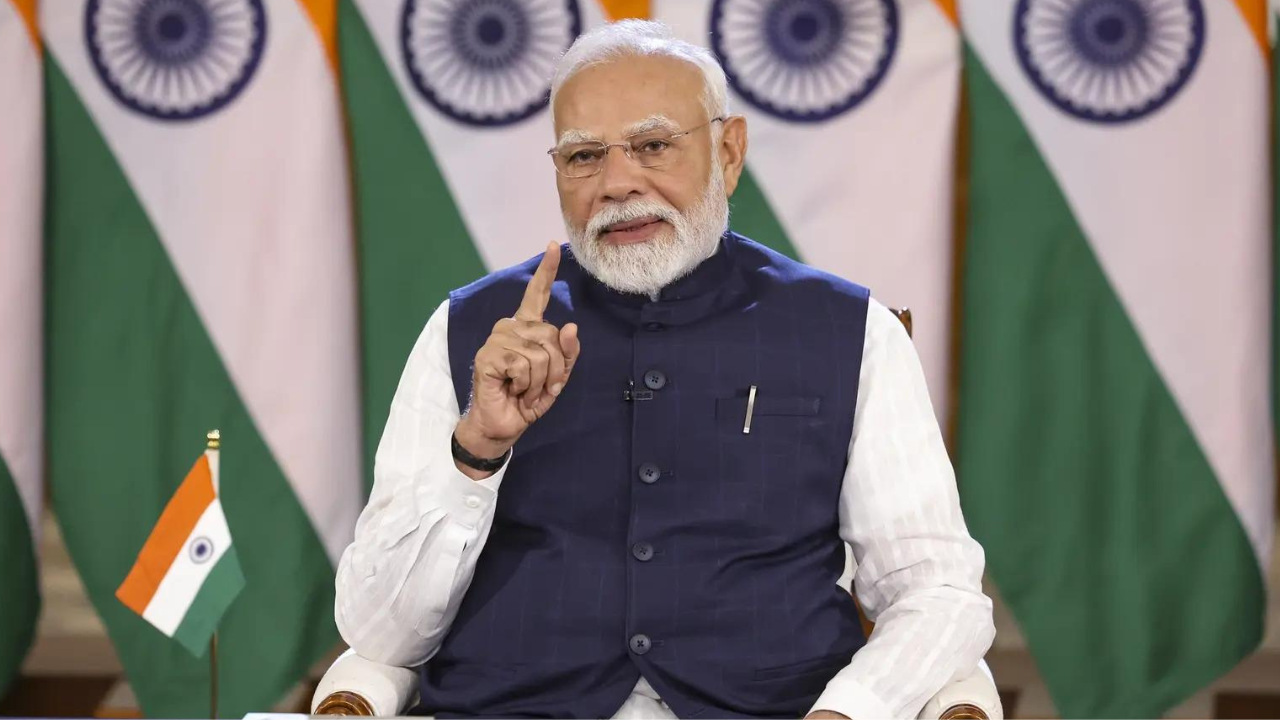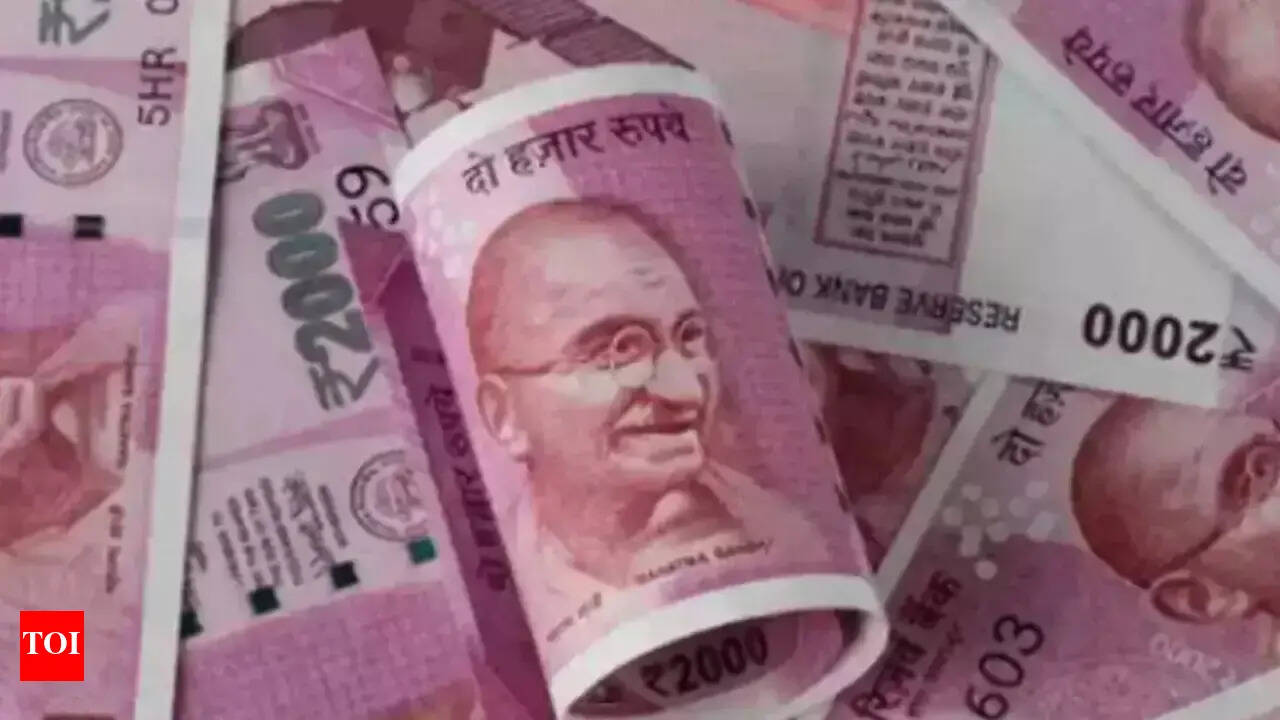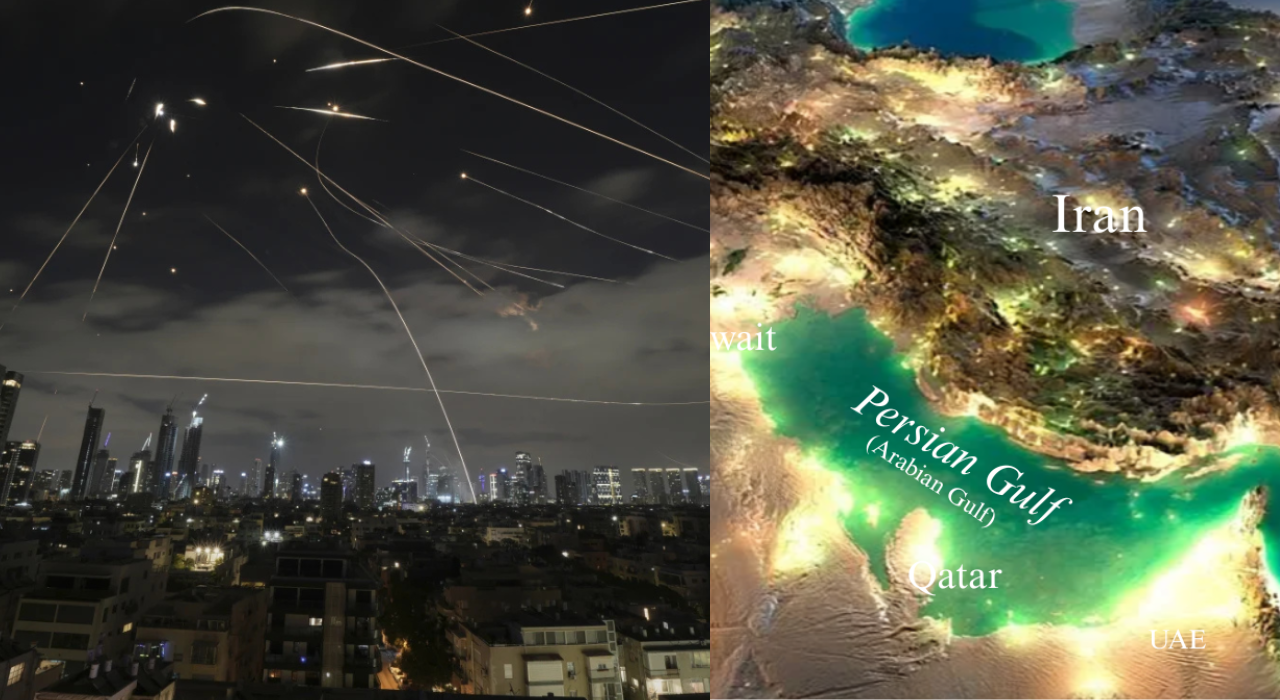Opinion: The Dragon And The Elephant Must Dance
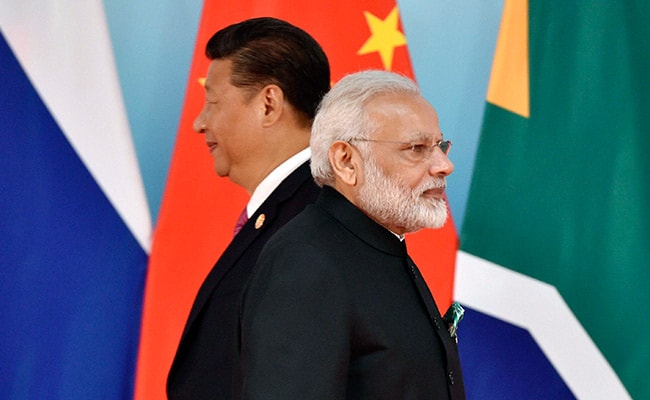
Join our WhatsApp Community to receive travel deals, free stays, and special offers!
- Join Now -
Join our WhatsApp Community to receive travel deals, free stays, and special offers!
- Join Now -
The border skirmishes in Galwan in 2020 led to the death of soldiers for the first time in several decades and seriously affected India-China bilateral ties. India conveyed that normal relations were not possible when the borders faced aggression, while China viewed it from the context of overall bilateral relations. The stalemate continued for four years till an understanding was reached to disengage forces. Prime Minister Narendra Modi and President Xi Jinping met on the margins of the BRICS summit in Kazan, signalling a return to the path of rapprochement.
The challenge for India and China, two ancient civilisations seeking economic and strategic adjustments in modern times, was how to craft a relationship that while minimising the possibility of conflict, could take advantage of opportunities for cooperation and manage the competition that is natural for growing powers.
The India-China border has been relatively peaceful since the end of the war in 1962. Both countries attached priority to economic growth. To avoid miscalculation on the border, India and China signed bilateral agreements on maintenance of peace and tranquility, confidence-building measures and guiding principles to address the outstanding boundary question.
It is noteworthy that even during the recent skirmishes, which saw “grey zone” conflict, neither side allowed the situation to escalate to a full-blown war. Both remained committed to dialogue and understood that the opposing side could not be contained. Political will and trust would be necessary to maintain peace across the Himalayas.
An Asian Century
As modern nations, both have risen as powers at the heart of geoeconomic and geopolitical shifts. Today, China is the second largest economy, while India will soon be the third largest, besides being the two most populous countries. The future provides an opportunity to shape an emerging Asian century and for transformation in global governance that is representative and inclusive.
Since 1990, bilateral trade has grown from a mere $50 million to over $100 billion. Imports of cheap Chinese goods have fed value chains and infrastructure projects in India but have also weakened domestic industry, while India's exports, primarily raw materials, have been sluggish, leading to a trade imbalance. Bilateral investments have not grown in a similar manner.
The India-China Joint Study Group report highlighted the benefits of cooperation but also pointed out the complementary nature of the two economies. This has inhibited participation in bilateral or regional free trade agreements. Post-Galwan export restrictions and investment wariness by China, the scrutiny of Chinese investments by India and travel restrictions imposed by both sides confirmed that economic ties have been affected by a trust deficit.
What India Brings To The Table
Yet, the synergy of economic cooperation has grown stronger. China remains a global manufacturing hub with prowess in technology and finance, despite economic slowdown and derisking by developed countries. Meanwhile, India's buoyant economy has grown more attractive for foreign investment, technology and resilient supply chains. China needs India's markets, just as India needs to diversify economic engagement.
China's Belt and Road Initiative has helped infrastructure projects in developing countries, but many recipients remain wary of unviable projects and unsustainable debt burden. By contrast, India's modest development assistance, focused on capacity building, has earned goodwill and consolidated its standing as a net security provider and voice of the Global South.
China's assertive diplomacy and territorial claims have raised concerns among its neighbours. Some of those neighbours have looked to India and the Indo-Pacific as a balancing force as they seek diplomatic space for a free, transparent and rule-based order.
Can The Two Co-Exist?
India and China have differing priorities on global governance. At the United Nations, where China is a permanent member of the Security Council and India seeks an appropriate role, there is competition for strategic space. China seeks a larger role on the economic agenda but prefers the status quo on political and strategic issues. This contrasts with India's efforts to reform the multilateral system and bring the Global South to the high table of global governance. In strategic engagement, the divergence can expand as the two grow in stature. India's objective to build partnerships in a multipolar world contrasts with China's quest for global leadership.
After its spectacular rise to major power status, China has used assertive diplomacy to fill a power vacuum and test its hard power capabilities. On the other hand, India's rise, founded on democratic traditions and economic growth, provides an alternative model of inclusive global governance. In the twenty-first century, the Indian narrative of “two tigers find space in the forest” provides a cooperative and harmonious model for both Asia and the global community, and specifically for India and China as they seek to strike a balance between cooperation and competition.
(Sanjay Bhattacharyya is a former Indian diplomat. He is currently an independent consultant, a professor of diplomatic practice at Jindal Global University, and a contributing author to Canadian think-tank, the Centre for International Governance Innovation.)
Disclaimer: These are the personal opinions of the author
What's Your Reaction?
 Like
0
Like
0
 Dislike
0
Dislike
0
 Love
0
Love
0
 Funny
0
Funny
0
 Angry
0
Angry
0
 Sad
0
Sad
0
 Wow
0
Wow
0











